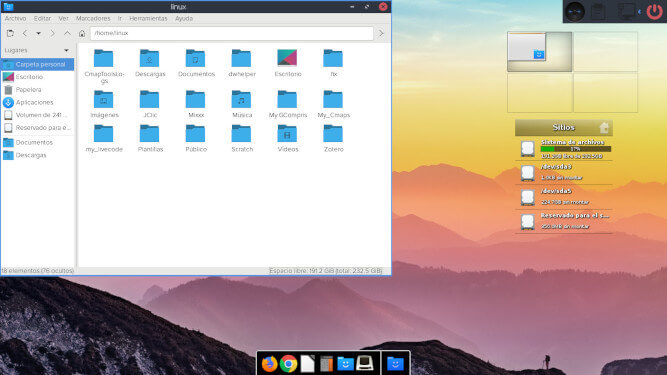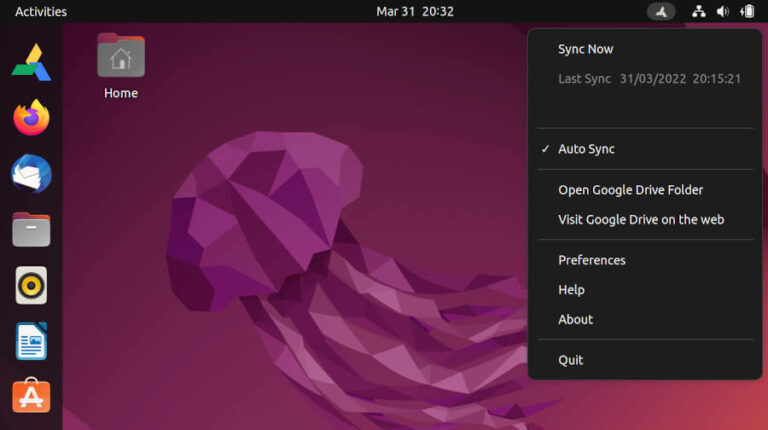Mastering User and Permission Management: Fortifying Your Linux Bastion
In the vast landscape of operating systems, Linux stands as a bastion of flexibility and security. Central to its robust security model is the meticulous management of user accounts and permissions. This article delves into the intricacies of managing user accounts and permissions in Linux, illuminating the pathway towards securing your system against unauthorized access and potential misuse.
Understanding Users and Groups
At the heart of Linux’s security model are users and groups. A user is an account that has access to the system, potentially with varying levels of permissions. Groups are collections of users, facilitating the administration of common permissions among multiple users.
- User and Group Identifiers (UID & GID): Each user and group in a Linux system is uniquely identified by a user ID (UID) and group ID (GID) respectively. These identifiers are crucial for the system to manage permissions and resources.
Creating and Managing User Accounts
Creating, modifying, and deleting user accounts are routine tasks for system administrators.
- Creating User Accounts: Utilize the
useraddcommand to create new user accounts. For instance,useradd usernamecreates a new user named “username”. - Modifying User Accounts: The
usermodcommand is your friend when it comes to modifying existing user accounts, say for changing the user’s home directory. - Deleting User Accounts: The
userdelcommand allows for the deletion of user accounts. - Managing Passwords: The
passwdcommand is pivotal in managing passwords, allowing for the setting, updating, and removal of passwords. - Configuring User Properties: Delve into the
/etc/passwdand/etc/shadowfiles to understand and configure user properties.
Creating and Managing Groups
- Creating Groups: The
groupaddcommand facilitates the creation of new groups. - Modifying Groups: Use the
groupmodcommand to modify existing group details. - Deleting Groups: The
groupdelcommand is used for removing groups from the system. - Editing Group Configurations: The
vigrcommand is essential for editing group configurations, while the/etc/groupfile holds the group information.
Understanding File Permissions and Ownership
- File Permissions: Linux files carry permissions that dictate who can read, write, or execute them. Permissions are categorized into three types: Read, Write, and Execute.
- Modifying Permissions: The
chmodcommand is pivotal for modifying file permissions. - Changing Ownership: Utilize the
chownandchgrpcommands to change file ownership and group respectively.
Advanced Permission Management
- Special Permissions: Delve into special permissions like setuid, setgid, and sticky bit for enhanced security management.
- Access Control Lists (ACLs): Discover the power of ACLs for fine-grained permission control on your Linux system.
Automated Account Management
- Automation with Ansible: Explore how tools like Ansible can significantly streamline the management of accounts and permissions.
- Demonstration: A basic demonstration of automated account and permission management tasks using Ansible.
Monitoring and Auditing User Activities
- Importance of Auditing: Uncover the importance of monitoring and auditing in maintaining a fortified Linux system.
- Auditing Tools: Explore tools like
auditdand configuringsyslogfor effective auditing of user activities.
Conclusion
Mastering user account and permission management is a linchpin in fortifying your Linux bastion. This article has traversed through the essentials of managing user accounts, groups, file permissions, and more. By adhering to the recommended best practices and maintaining a vigilant management regime, you pave the way towards a more secure and resilient Linux system.

George Whittaker is the editor of Linux Journal, and also a regular contributor. George has been writing about technology for two decades, and has been a Linux user for over 15 years. In his free time he enjoys programming, reading, and gaming.





